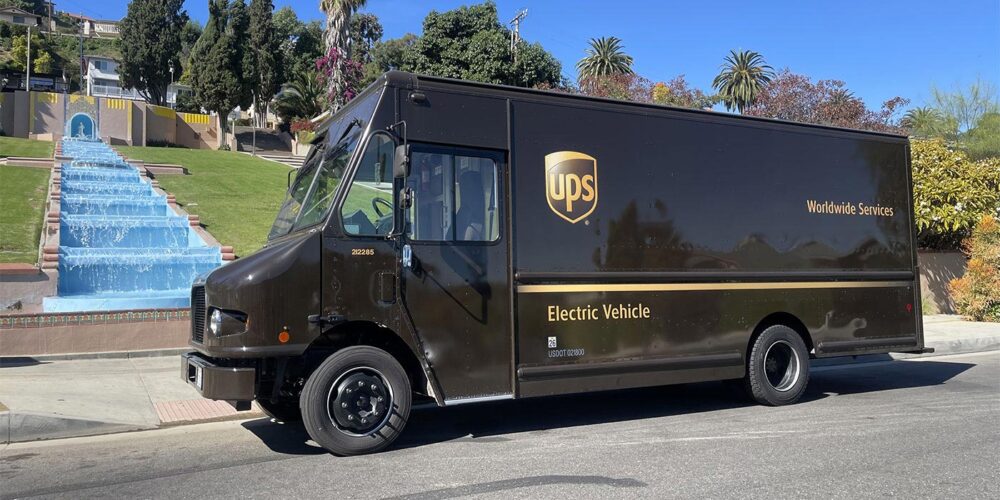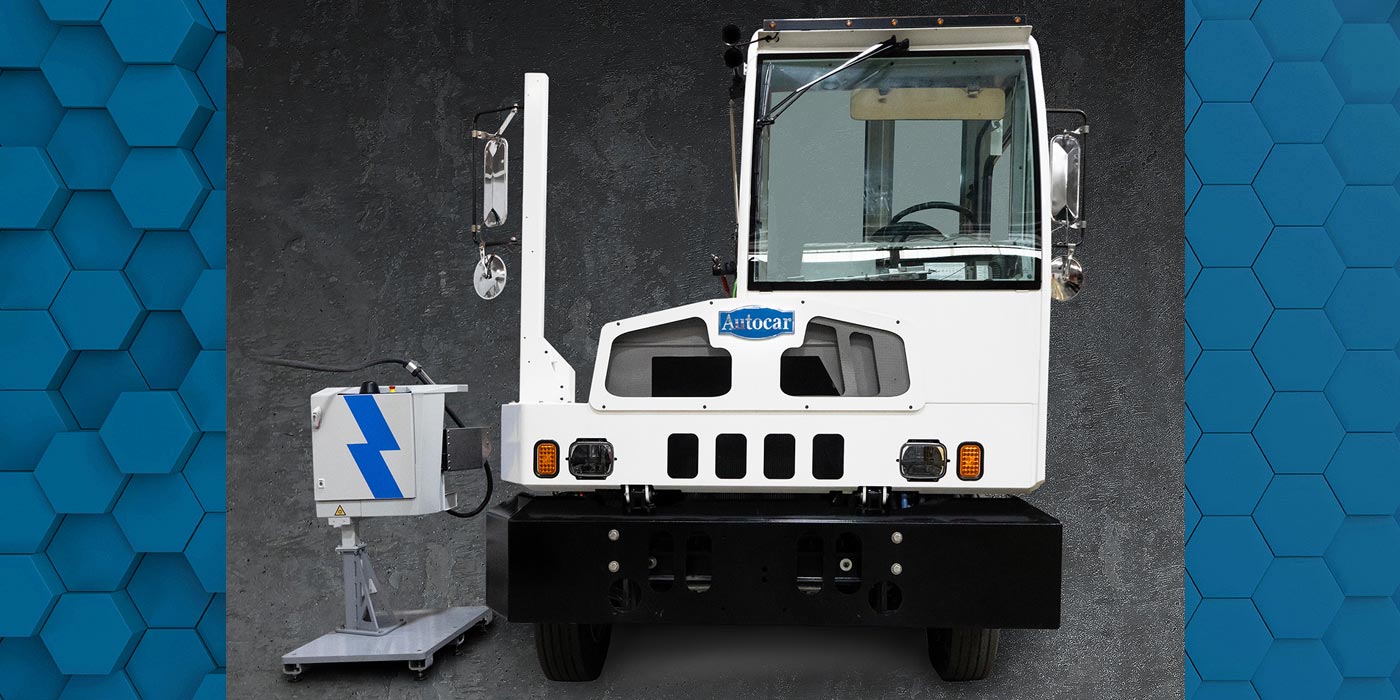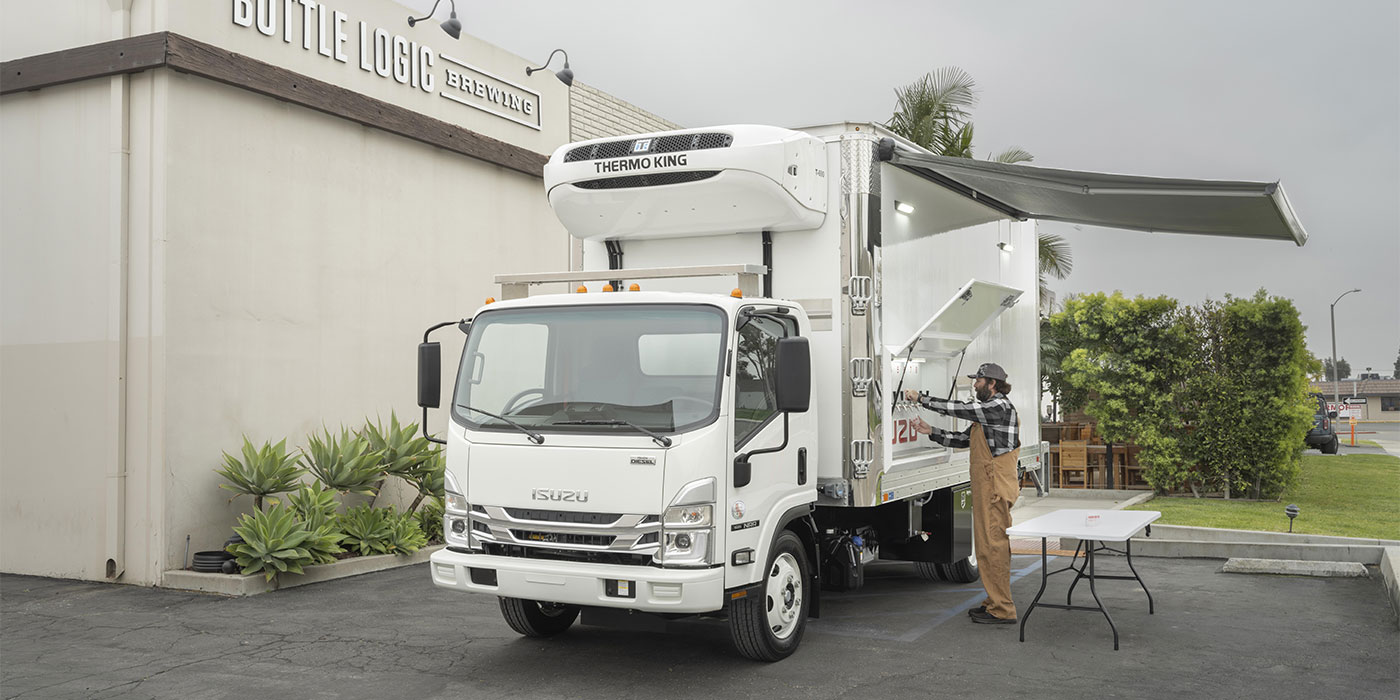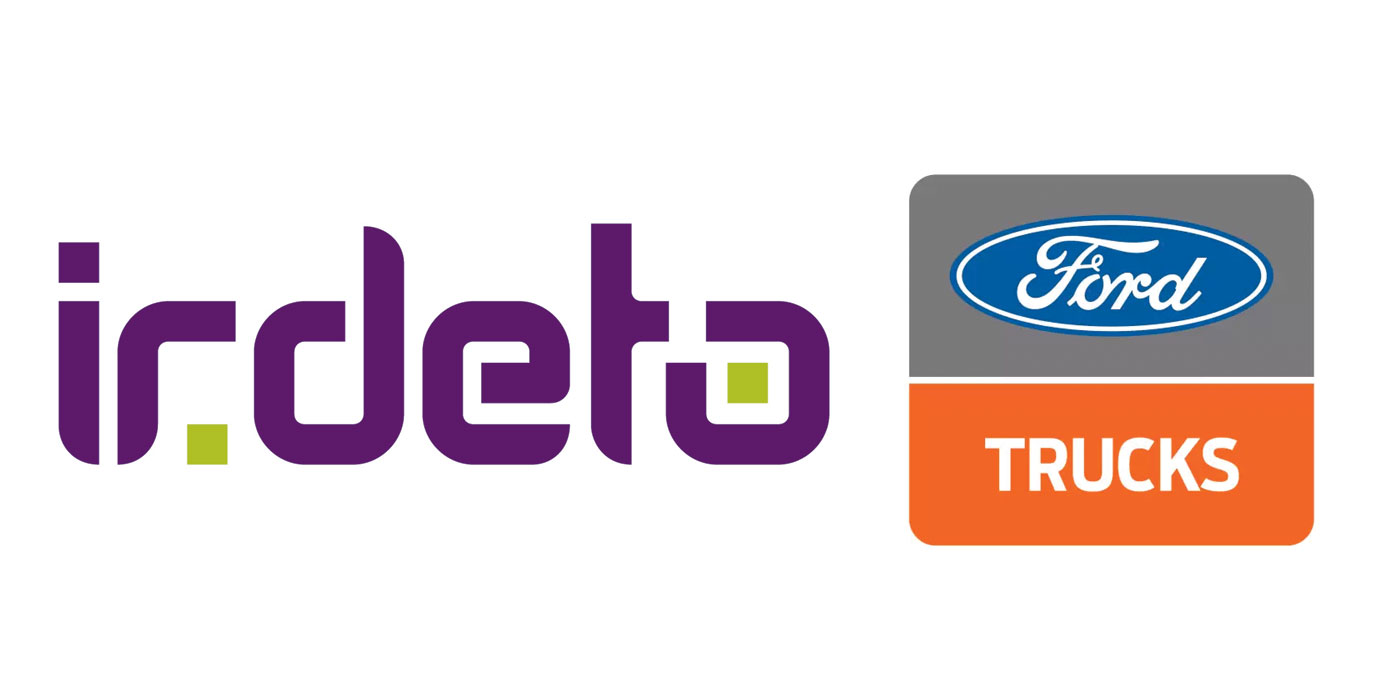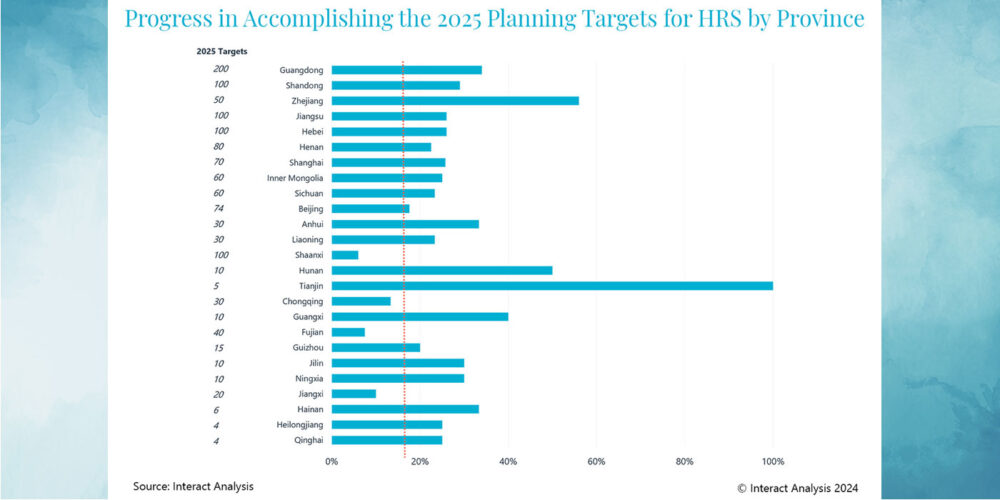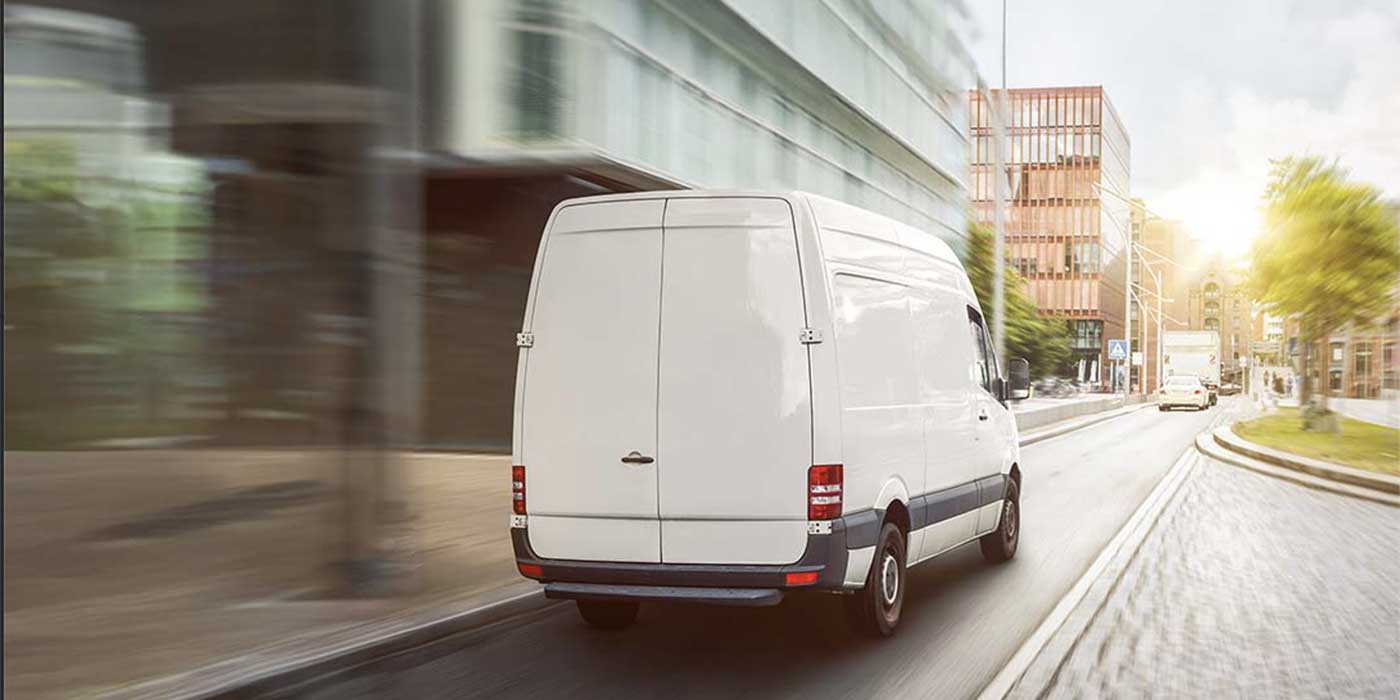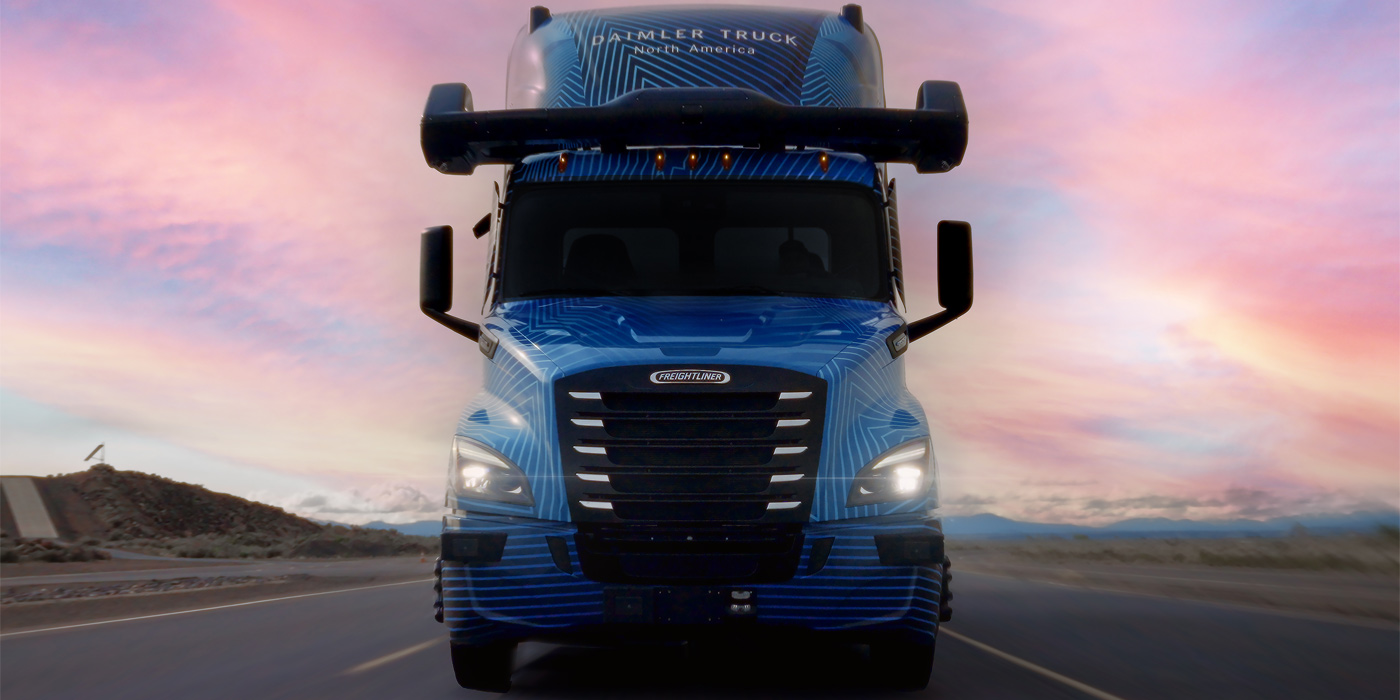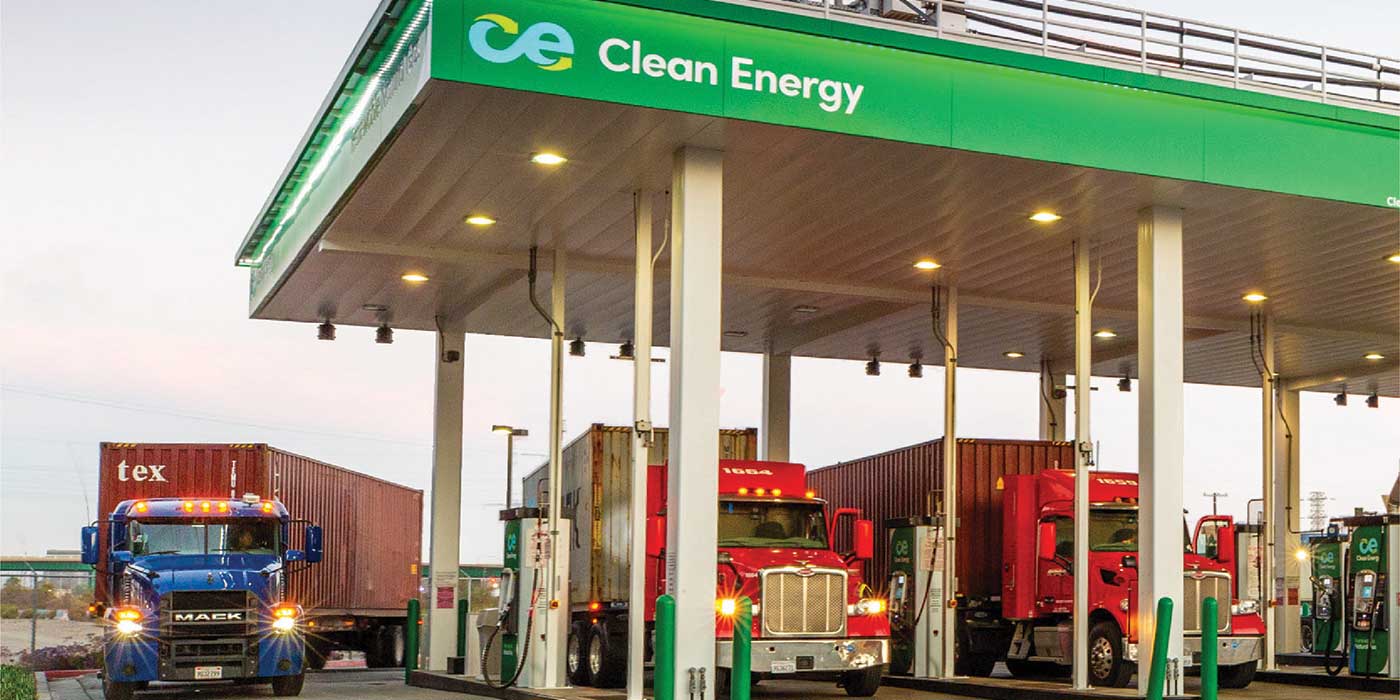The numbers speak volumes: UPS operates more than 340,000 fleet assets in over 200 countries and territories. Among them are 115,000 package delivery trucks, including 100,000 in the U.S. Additionally, in the last decade, the company has fielded 18,000 alternative fuel vehicles, including 1,000 electric and plug in hybrid vehicles—a sizable fleet that has already covered 1.6 billion miles.
“We’ve been investing in alternative fuels for more than 20 years,” said Luke Wake, UPS vice president of maintenance and engineering. “Last year, we grew our existing alternate fuel and advanced technology global fleet by 2,400 vehicles. It’s all part of reaching our goal of 40% alternative fuel utilization in our ground operations by 2025.
“But while alternative fuel vehicles are good for the environment and for business, we need the right technology to match our operational needs,” Wake continued. “Only then can we consider where it makes sense to grow and scale the alternative fuel fleet.”
For the UPS package delivery fleet, Wake focuses on determining which alternative fuels can maintain the desired duty cycle. Different conclusions can be reached for high frequency-low mileage operations in major cities and for rural routes with fewer stops but higher mileages.
For instance, a high number of stops and starts might lead to the conclusion that battery-electric or plug in hybrid electric trucks with their regenerative braking capability are best. In other cases, different alternative fuels might be the most effective.
“It’s about use cases,” Wake explained. “Not every type of propulsion is optimal for every operation and there’s no point in having a vehicle that’s sustainable but doesn’t allow us to complete our core mission of delivering packages efficiently.
“With varying duty cycles and ranges across our U.S. package delivery operations, different technologies have different advantages.” Wake added. “The key is to look at alternatives holistically to ensure the technology fits the operation.”
Once those determinations are made, UPS works with manufacturers to test and evaluate potential alternative fuel technologies in real world use. “We want continuous improvement from competing manufacturers who are all evaluating the same criteria,” Wake said.
Renewable Natural Gas (RNG) is one alternative that UPS has settled on. In 2022, the company purchased 162 million gallons of alternative fuels including RNG, which in total represented 26.5% of ground fuel usage, up from 25.9% in 2021.
The same year, when UPS opened its fourth largest U.S. distribution hub located in Middletown, Pennsylvania, the facility became home to the largest natural gas fueling station in the company’s network. In full use, the RNG fueling station will remove the need for 8 million gallons of diesel fuel per year.
Now joining the UPS package delivery fleet in growing numbers are electric vehicles, including Freightliner Custom Chassis MT50e walk-in models. The chassis utilize the all-electric ProTerra drive system with a liquid-cooled, lithium-ion battery capacity of 245 kW/h. At full GVWR, the electric trucks have a maximum speed of 70 MPH a range of 150 to 170 miles and can be fully charged in three hours with a 60-kW charger or in 1.8 hours with 150 kW DC fast charging.
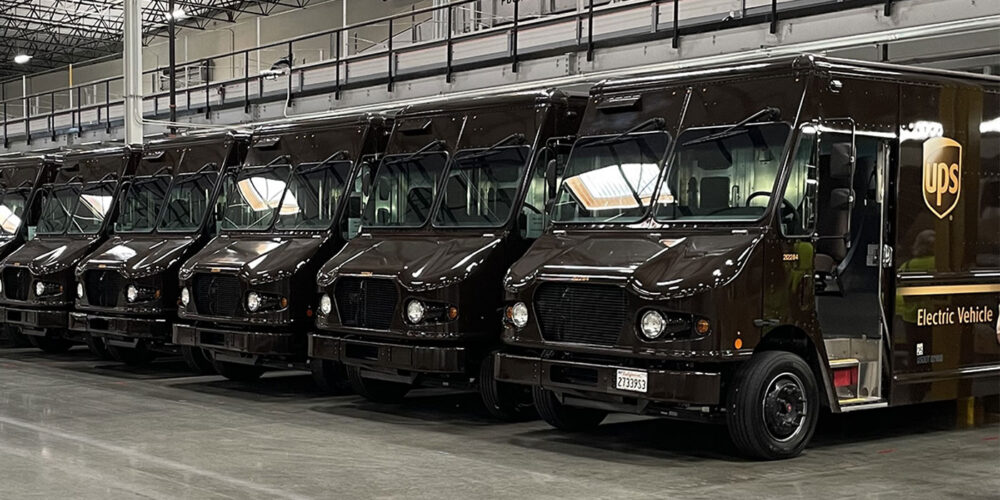
Driver feedback on the EVs has been overwhelmingly positive. There is no concern about range, with mileages more than sufficient to cover daily routes. Drivers also find that the vehicles are quieter, have excellent acceleration, and that regenerative braking helps improve safety by slowing the vehicle, and that also leads to less fatigue.
Considerations that UPS has when specifying EVs include a minimum range on a full charge of 100 miles to cover the needs of various duty cycles. There are also questions about issues related to ambient temperatures in different seasons and operating environments.
Especially considering the size and scope of its potential electric vehicle fleet, charging infrastructure has been a major issue for UPS. “As we scale up, it’s essential that we work with utilities to address timing and power network needs,” Wake said. “This activity is taking place at more than 1,200 facilities so we need to determine which locations have the capacity now and where upgrades are required.
“It’s to our advantage that our routes tend to be predictable and repetitive and that most of our package delivery trucks are dispatched from 7 a.m. and return by 7 p.m.,” Wake continued. “But that also means most of our EV charging needs to take place overnight. There’s typically a ten-hour timeframe where we can charge vehicles.”
All of this information leads to questions about how many electric vehicles UPS can deploy in a location based on the required amount of energy and charging rates. Factors also include energy needs for other activities at facilities, such as peak load requirements for package sorting systems. To find answers, Wake related, the company is working with multiple vendors on smart systems that control charging cycles and use energy at the best possible time.
Looking ahead, as payloads and cargo volumes increase, UPS is focusing on alternatives for Class 5 and 6 delivery vehicles. Target ranges include 600 to 1,200 cu. ft. of cargo volume and up to 11,000 lbs. of carrying capacity. The goal, Wake added, is to meet growing needs without adversely affecting sustainability.
“We’re also exploring electric Class 8 models, but it’s premature to speculate on which direction we will take,” Wake stated. “The typical Class 8 electric tractor has a current range between charges of 200 miles and most of our drop and hook operations require a 500-mile range. In addition, there’s usually less than an hour of turnaround time. Still, the range of EV tractors is growing and we’re also closely watching the development of next generation DC chargers.”
Maintenance of EVs is on the UPS agenda as well. “We perform a majority of service in house and our 4,500 technicians across the U.S. have to maintain and repair multiple vehicle technologies,” Wake related. “As we continue to transition to EVs, we’re simultaneously working with vehicle manufacturers to collaboratively develop and carry out training.”
Overall, Wake noted that UPS can rely on its experience with electric vehicles, which dates to the 1930s. “A lot of electric vehicle technology has come and gone over the decades, but it’s really been in the last ten years that the viability of EVs has become apparent for commercial operations,” he said.
UPS facilities are also part of the company’s expansive sustainability efforts, including plans to power 25% of facilities by 2025 and 100% of the locations by 2035 with renewable energy. In 2022, 8% of their total electricity was generated from renewable sources for owned and leased facilities. That included rooftop solar arrays and procurement of renewable electricity to run operations.
“It all comes down to focusing on efficiency for every single package,” Wake said. “By 2035 we will reduce CO2 per package by 50% compared to our 2020 baseline. Part of that reduction comes from cutting emissions by deploying more alternative fuel powered vehicles.”
With an average daily delivery volume of 24.3 million packages and documents, the potential for UPS to be a major contributor to decarbonization is immense. By continually reimagining its network, employing best-in-class engineering practices and making innovation-driven investments, the company is on its way to achieving its goal of 100% carbon neutrality by 2050.

